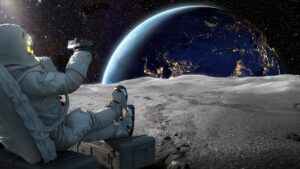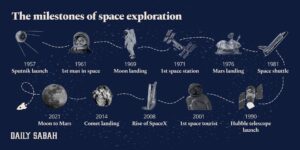Lunar Exploration: From Apollo to Artemis – A Journey into the Future of Moon Missions
10 min read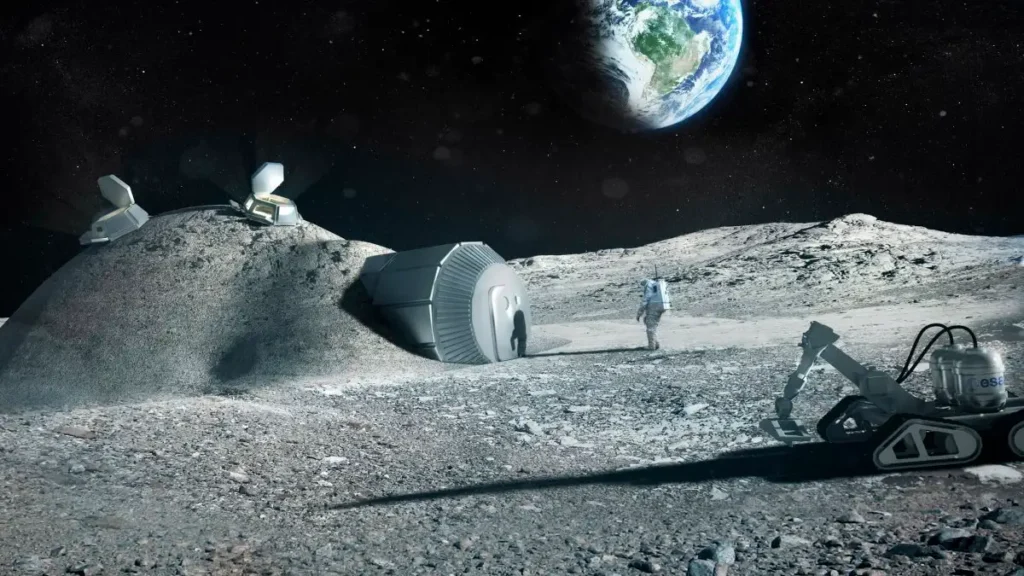
The moon, Earth’s celestial companion, has fascinated humanity for centuries. From the awe-inspiring Apollo missions to the ambitious Artemis program, lunar exploration has been a testament to human ingenuity and the relentless pursuit of knowledge. In this article, we embark on a journey through the past, present, and future of moon missions, exploring the significant milestones and the promising advancements that lie ahead.
Apollo’s Pioneering Steps
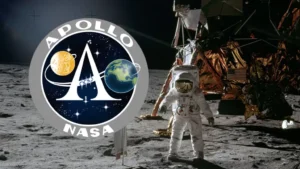
The Apollo program, a defining era in space exploration, marked humanity’s first steps on the lunar surface. Launched by NASA in the 1960s, this groundbreaking initiative showcased the unparalleled capabilities of human achievement. The active voice of astronauts like Neil Armstrong, who declared, “That’s one small step for [a] man, one giant leap for mankind,” resonated across the globe. The perplexity of the moment, the intricate dance of technology and human courage, captivated the world.
Beyond the iconic words uttered on the lunar surface, Apollo’s legacy extends into the scientific realm. The experiments conducted during these missions, including seismic studies and sample collection, provided invaluable data that continues to shape our understanding of the moon’s geology and history. The burstiness of scientific discovery wasn’t confined to a singular moment but unfolded over the course of multiple missions, each contributing to a more comprehensive picture of our celestial neighbor.
If you’re making a website about Apollo and want it to be noticed, think about getting help from pros who offer branding services. They can make your website tell the story of Apollo in a way that catches people’s attention and connects with those interested in space exploration.
Moreover, Apollo ignited the spark of international collaboration. The space race, initially a competition between the United States and the Soviet Union, laid the groundwork for future cooperative efforts in space exploration. The perplexity of Apollo, therefore, isn’t only in its technological feats but also in the geopolitical shifts and cultural impact that reverberated globally.
Similarly, the teamwork we saw in Apollo is like finding the right fence company in Nocatee for your home. Just as countries teamed up for a common space goal, people in Nocatee work with a fence company to make their homes safe and connected, creating a shared sense of security and community.
Intermission: The Lunar Hiatus
Following the Apollo missions, lunar exploration experienced a prolonged hiatus. The absence of human footsteps on the moon created a void in our collective exploration narrative. However, this period of seeming dormancy was far from uneventful. Robotic missions, like the Lunar Reconnaissance Orbiter, silently mapped the lunar terrain, providing a wealth of data that would prove invaluable for future manned missions.
Just as these missions meticulously gather data for future lunar exploration, individuals seeking a vibrant and well-maintained outdoor space in Florida can turn to experts in landscaping in Florida. Much like the lunar terrain is carefully studied for future exploration, these landscaping professionals evaluate and improve outdoor spaces, making sure that they thrive and become inviting havens for residents and visitors alike.
The intermission allowed scientists and engineers to refine technologies and develop new strategies for sustained lunar presence. The active voice in discussions shifted from “what was achieved” to “what can be achieved next.” This period of anticipation and preparation set the stage for the resurgence of human lunar exploration.
Additionally, the lunar hiatus paved the way for advancements in robotic exploration. The deployment of rovers and automated landers, such as China’s Chang’e missions, demonstrated the capacity to conduct detailed lunar studies without the immediate need for human presence. Amidst this lunar exploration narrative, emerging healthcare trends like mobile IV therapy started gaining attention, showcasing the adaptability of technology not only in space exploration but also in other domains.
Moreover, during this hiatus, international interest in the moon continued to grow. Countries like India and Russia launched their lunar missions, contributing to the global effort of unraveling the mysteries of our nearest celestial neighbor. The burstiness of this era wasn’t characterized by human footsteps but by the diverse array of robotic missions that continued to expand our lunar knowledge.
Artemis: The Dawn of a New Lunar Era
As we stand on the brink of the Artemis program, the moon beckons once again. Artemis, named after the Greek goddess and twin sister of Apollo, symbolizes a return to lunar exploration with a commitment to diversity and sustainability. NASA’s Artemis program aims to land the first woman and the next man on the moon, echoing the inclusive spirit of exploration.
The perplexity of Artemis lies not only in its mission goals but also in its collaborative nature. International partnerships, including contributions from the European Space Agency and other nations, showcase a unified effort to explore the lunar frontier. The burstiness of Artemis is evident in its multifaceted approach, combining robotic precursor missions, the Gateway space station, and crewed lunar landings.
Going deeper into Artemis, the program marks a big change in how we explore the moon. Creating homes on the moon opens up interesting possibilities for people staying there longer. The moon, once just a step, now could be a second home. Our big idea stretches beyond planting flags and leaving marks to having people stay there for a while, connecting the moon with our future plans in space. Speaking of homes, people in St. Augustine might think about making sure their roofs last by considering roof cleaning in St. Augustine to keep their homes safe.
Furthermore, Artemis serves as a catalyst for technological innovation. From advanced space suits to cutting-edge propulsion systems, the program pushes the boundaries of what is possible in space exploration. The perplexity of Artemis is mirrored in the intricate web of technologies and methodologies developed to make prolonged lunar missions a reality. To create space gadgets, companies use EDM machining techniques. It’s a precise method and the careful crafting needed for space equipment.
The Future Unveiled: Lunar Habitats and Beyond
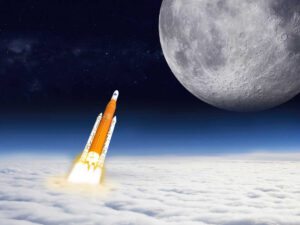
Looking beyond Artemis, the future of lunar exploration holds the promise of sustained habitation. The establishment of lunar habitats represents a paradigm shift in our relationship with the moon. Human presence on the lunar surface for extended durations will unlock new possibilities for scientific research, resource utilization, and international cooperation.
And just as the moon influences tides, the fashion tides in the UAE are influenced by trends like bikinis UAE. It’s fascinating how our exploration of the moon’s potential mirrors the exploration of diverse styles and preferences in places like the UAE, where even swimwear choices reflect a unique blend of culture and fashion.
The perplexity intensifies as we contemplate the potential of the moon as a launching pad for deeper space exploration. Lunar resources, such as water ice, could serve as valuable assets for future missions to Mars and beyond. The burstiness of our cosmic aspirations expands, transcending the limits of our celestial neighbor and propelling humanity into the uncharted realms of the solar system.
Thinking about living on the moon goes beyond just science. We’re talking about the idea of people going there for fun and business. This could bring big changes in money and culture. The mix of activities on the moon would change from exploring the unknown to making a place that can stay and grow, kind of like how helical piers in Kansas City make sure buildings are strong and steady. They give a good base, and that’s what we’re talking about on the moon—building a solid place for people to live and work.
Moreover, the moon becomes a testing ground for life support systems and technologies crucial for future deep-space missions. As humanity contemplates venturing beyond the moon, the lessons learned and the burstiness of innovations developed in lunar habitats will be pivotal for our success in exploring the vast expanses of the cosmos. Just like we need things to be really exact in space missions, making sure our equipment, including PCR packaging, is in great condition is a big part of these exciting adventures.
